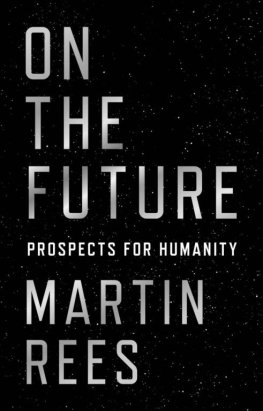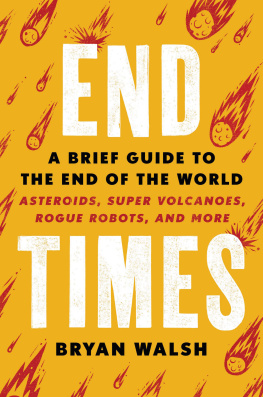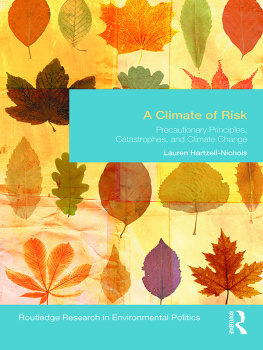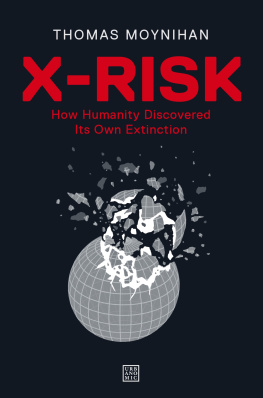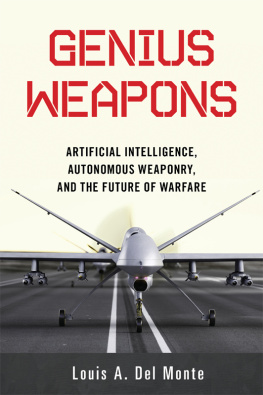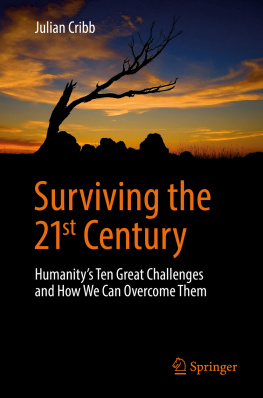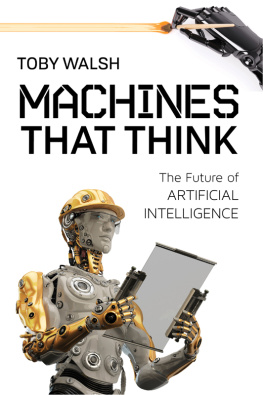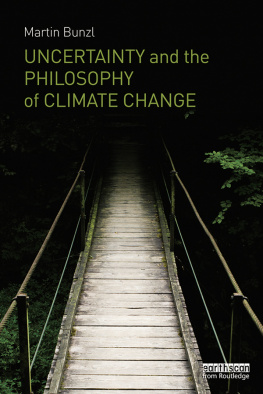Copyright 2020 Toby Ord,
Jacket design by Amanda Kain
Jacket photograph NASA/JSC/ASU
Jacket copyright 2020 by Hachette Book Group, Inc.
Hachette Book Group supports the right to free expression and the value of copyright. The purpose of copyright is to encourage writers and artists to produce the creative works that enrich our culture.
The scanning, uploading, and distribution of this book without permission is a theft of the authors intellectual property. If you would like permission to use material from the book (other than for review purposes), please contact permissions@hbgusa.com. Thank you for your support of the authors rights.
Hachette Books
Hachette Book Group
1290 Avenue of the Americas
New York, NY 10104
hachettebooks.com
twitter.com/hachettebooks
Frontispiece illustration Hilary Paynter, 2020
Toby Ord has asserted his right under the Copyright, Designs and Patents Act, 1988, to be identified as Author of this work
Extract from Pale Blue Dot copyright 1994 Carl Sagan. Originally published in Pale Blue Dot by Random House. Reprinted with permission from Democritus Properties, LLC. All rights reserved this material cannot be further circulated without written permission of Democritus Properties, LLC.
All rights reserved. No part of this publication may be reproduced or transmitted in any form or by any means, electronic or mechanical, including photocopying, recording, or any information storage or retrieval system, without prior permission in writing from the publishers
Bloomsbury Publishing Plc does not have any control over, or responsibility for, any third-party websites referred to or in this book. All internet addresses given in this book were correct at the time of going to press. The author and publisher regret any inconvenience caused if addresses have changed or sites have ceased to exist, but can accept no responsibility for any such changes
A catalogue record for this book is available from the British Library
ISBN: 978-0-316-48491-6 (hardcover), 978-0-316-48489-3 (ebook)
E3-20200205-JV-NF-ORI
To the hundred billion people before us, who fashioned our civilization;
To the seven billion now alive, whose actions may determine its fate;
To the trillions to come, whose existence lies in the balance.
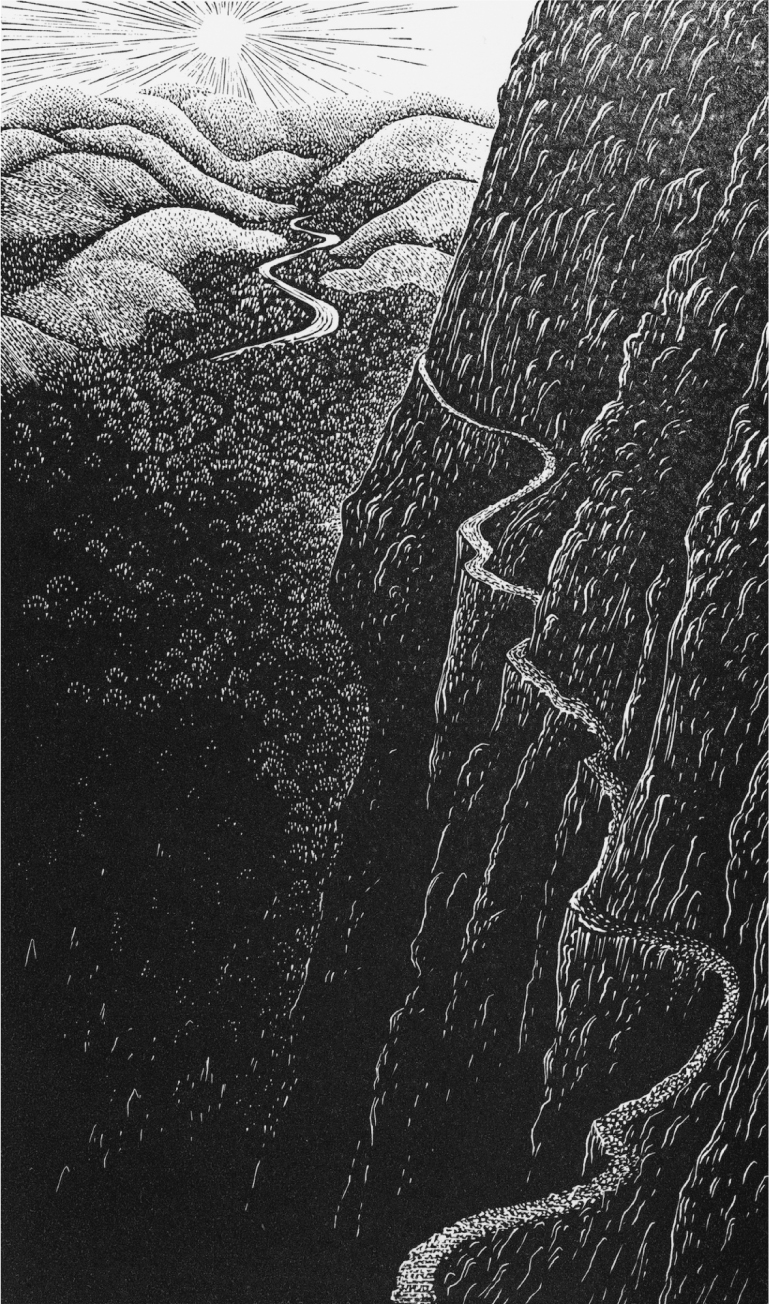
If all goes well, human history is just beginning. Humanity is about two hundred thousand years old. But the Earth will remain habitable for hundreds of millions moreenough time for millions of future generations; enough to end disease, poverty and injustice forever; enough to create heights of flourishing unimaginable today. And if we could learn to reach out further into the cosmos, we could have more time yet: trillions of years, to explore billions of worlds. Such a lifespan places present-day humanity in its earliest infancy. A vast and extraordinary adulthood awaits.
Our view of this potential is easily obscured. The latest scandal draws our outrage; the latest tragedy, our sympathy. Time and space shrink. We forget the scale of the story in which we take part. But there are moments when we rememberwhen our vision shifts, and our priorities realign. We see a species precariously close to self-destruction, with a future of immense promise hanging in the balance. And which way that balance tips becomes our most urgent public concern.
This book argues that safeguarding humanitys future is the defining challenge of our time. For we stand at a crucial moment in the history of our species. Fueled by technological progress, our power has grown so great that for the first time in humanitys long history, we have the capacity to destroy ourselvessevering our entire future and everything we could become.
Yet humanitys wisdom has grown only falteringly, if at all, and lags dangerously behind. Humanity lacks the maturity, coordination and foresight necessary to avoid making mistakes from which we could never recover. As the gap between our power and our wisdom grows, our future is subject to an ever-increasing level of risk. This situation is unsustainable. So over the next few centuries, humanity will be tested: it will either act decisively to protect itself and its longterm potential, or, in all likelihood, this will be lost forever.
To survive these challenges and secure our future, we must act now: managing the risks of today, averting those of tomorrow, and becoming the kind of society that will never pose such risks to itself again.
It is only in the last century that humanitys power to threaten its entire future became apparent. One of the most harrowing episodes has just recently come to light. On Saturday, October 27, 1962, a single officer on a Soviet submarine almost started a nuclear war. His name was Valentin Savitsky. He was captain of the submarine B-59one of four submarines the Soviet Union had sent to support its military operations in Cuba. Each was armed with a secret weapon: a nuclear torpedo with explosive power comparable to the Hiroshima bomb.
It was the height of the Cuban Missile Crisis. Two weeks earlier, US aerial reconnaissance had produced photographic evidence that the Soviet Union was installing nuclear missiles in Cuba, from which they could strike directly at the mainland United States. In response, the US blockaded the seas around Cuba, drew up plans for an invasion and brought its nuclear forces to the unprecedented alert level of DEFCON 2 (Next step to nuclear war).
On that Saturday, one of the blockading US warships detected Savitskys submarine and attempted to force it to the surface by dropping low-explosive depth charges as warning shots. The submarine had been hiding deep underwater for days. It was out of radio contact, so the crew did not know whether war had already broken out. Conditions on board were extremely bad. It was built for the Arctic and its ventilator had broken in the tropical water. The heat inside was unbearable, ranging from 113F near the torpedo tubes to 140F in the engine room. Carbon dioxide had built up to dangerous concentrations, and crew members had begun to fall unconscious. Depth charges were exploding right next to the hull. One of the crew later recalled: It felt like you were sitting in a metal barrel, which somebody is constantly blasting with a sledgehammer.
Increasingly desperate, Captain Savitsky ordered his crew to prepare their secret weapon:
Maybe the war has already started up there, while we are doing somersaults here. Were going to blast them now! We will die, but we will sink them allwe will not disgrace our Navy!
Firing the nuclear weapon required the agreement of the submarines political officer, who held the other half of the firing key. Despite the lack of authorization by Moscow, the political officer gave his consent.
On any of the other three submarines, this would have sufficed to launch their nuclear weapon. But by the purest luck, submarine B-59 carried the commander of the entire flotilla, Captain Vasili Arkhipov, and so required his additional consent. Arkhipov refused to grant it. Instead, he talked Captain Savitsky down from his rage and convinced him to give up: to surface amidst the US warships and await further orders from Moscow.
We do not know precisely what would have happened if Arkhipov had granted his consentor had he simply been stationed on any of the other three submarines. Perhaps Savitsky would not have followed through on his command. What is clear is that we came precariously close to a nuclear strike on the blockading fleeta strike which would most likely have resulted in nuclear retaliation, then escalation to a full-scale nuclear war (the only kind the US had plans for). Years later, Robert McNamara, Secretary of Defense during the crisis, came to the same conclusion:



